Introduction: A Culinary Journey into Lamb Offal Soup
In the realm of culinary delights, lamb dishes often steal the spotlight with their rich, earthy flavors and tender textures. From roasts to stews, lamb meat is celebrated worldwide for its versatility and ability to transform into mouthwatering meals. However, one lesser-known yet equally delightful aspect of lamb cuisine lies in its offal—the internal organs that, when prepared correctly, can offer a unique and deeply flavorful experience. Lamb offal soup, in particular, is a hearty and nutritious dish that combines the essence of lamb with a variety of aromatic spices and vegetables, creating a meal that is both comforting and satisfying.
This article aims to be your definitive guide to crafting the perfect lamb offal soup. We’ll delve into the intricacies of selecting the right ingredients, understanding the preparation process, and mastering the cooking techniques that will elevate your dish from ordinary to extraordinary. By the end, you’ll be equipped with the knowledge and skills to create a lamb offal soup that is not only delicious but also brimming with cultural heritage and culinary artistry.
Ingredients: The Foundation of Flavor
Before diving into the cooking process, let’s first explore the essential ingredients that form the backbone of lamb offal soup. Each component plays a crucial role in developing the dish’s unique flavor profile and texture.
-
Lamb Offal: The star of the show, lamb offal typically includes the heart, liver, kidneys, and lungs. While some may find the idea of cooking and eating offal intimidating, these organs are highly nutritious and, when cooked properly, can be incredibly tender and flavorful.

-
Bones and Stock: For a rich, flavorful broth, lamb bones (preferably with some marrow) and a good-quality lamb stock are essential. If homemade stock isn’t an option, opt for a high-quality, low-sodium store-bought version.
-
Vegetables: A blend of aromatic vegetables such as onions, carrots, celery, and leeks adds depth and sweetness to the soup. Garlic and ginger can also be included for an extra layer of flavor.
-
Spices and Herbs: Lamb dishes thrive on a blend of spices that highlight their natural flavors. For lamb offal soup, consider using cumin, coriander, paprika, black pepper, bay leaves, thyme, and rosemary. These spices not only enhance the taste but also aid in digestion, making the soup even more beneficial.
-
Tomatoes and Tomato Paste: These add acidity and a natural sweetness that balances the richness of the lamb.
-
Liquid: In addition to the stock, you may need water or broth to achieve the desired consistency.

-
Seasoning: Salt and pepper are fundamental, but don’t overlook the potential of a splash of vinegar or lemon juice to brighten the flavors.
-
Garnishes: Fresh herbs like parsley, cilantro, or chives can be used to garnish the soup, adding a fresh, vibrant finish.
Preparation: The Art of Precision
With your ingredients gathered, it’s time to focus on the preparation. Proper handling and cleaning of the offal are crucial to ensuring a pleasant eating experience.
-
Cleaning the Offal: Begin by rinsing the offal pieces under cold running water. Trim away any sinew, fat, or membranes that could make the final dish chewy. For the liver, which can have a stronger flavor, soak it in milk for an hour to help neutralize any bitterness.
-
Chopping and Marinating: Cut the offal into bite-sized pieces. If desired, you can marinate the pieces in a mixture of olive oil, lemon juice, garlic, and herbs for an hour or so to infuse them with additional flavor.
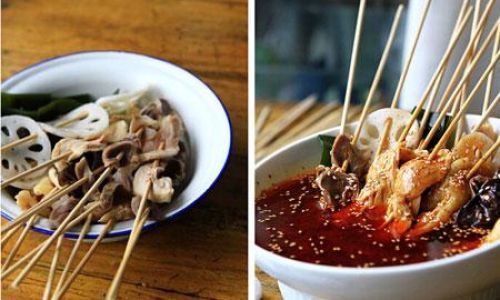
-
Preparing the Vegetables: Peel and chop the vegetables into uniform sizes to ensure they cook evenly. This also helps in releasing their flavors more uniformly into the broth.
Cooking Techniques: Bringing It All Together
Now, let’s dive into the cooking process. Lamb offal soup requires patience and attention to detail, but the rewards are well worth the effort.
-
Making the Broth: Start by heating a large pot over medium-high heat. Add a splash of olive oil and sauté the lamb bones until they are browned on all sides. This step is crucial for building a flavorful foundation. Add the chopped vegetables and cook until they begin to soften, stirring occasionally. Pour in the lamb stock and enough water to cover the bones and vegetables by about an inch. Bring the mixture to a boil, then reduce the heat to low and let it simmer for at least an hour, skimming any foam that rises to the surface.
-
Cooking the Offal: Once the broth has developed a rich flavor, remove the bones and vegetables (you can strain the broth if you prefer a clearer soup). Set the bones aside for another use (like making more stock) and discard the vegetables. Return the broth to the pot and bring it back to a simmer. Add the prepared offal pieces, ensuring they are fully submerged. Cook gently for about 45 minutes to an hour, or until the offal is tender and cooked through.
-
Seasoning and Final Touches: Taste the broth and adjust the seasoning with salt and pepper. Add the tomatoes and tomato paste, stirring to combine. If the soup is too thick, add a bit more broth or water. Let it simmer for another 15-20 minutes to allow the flavors to meld together.
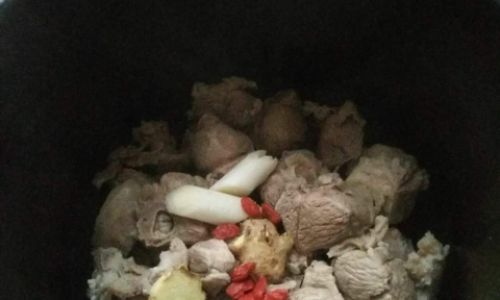
-
Serving: Ladle the soup into bowls, garnish with freshly chopped herbs, and serve hot. A slice of crusty bread on the side is a wonderful accompaniment, soaking up the rich, flavorful broth.
Variations and Cultural Influences
Lamb offal soup, like many traditional dishes, has evolved over time and across different cultures. In the Mediterranean, it might include olives and capers, reflecting the region’s culinary heritage. In Central Asia, the soup might be spiced with cumin, coriander, and turmeric, echoing the region’s rich spice trade history.
Feel free to experiment with your lamb offal soup by incorporating ingredients and flavors that resonate with you. For instance, adding a splash of coconut milk can create a creamy, tropical twist, while incorporating root vegetables like turnips or parsnips can add a sweet, earthy note.
Conclusion: A Culinary Journey Concluded
Lamb offal soup is a dish that embodies the essence of culinary tradition and innovation. By carefully selecting your ingredients, meticulously preparing them, and cooking with patience and precision, you can create a meal that is not only nutritious but also deeply satisfying. This dish serves as a reminder that even the most humble of ingredients, when treated with respect and creativity, can become the centerpiece of a memorable culinary experience.
As you embark on your journey of crafting the perfect lamb offal soup, remember that the key to success lies in balance—balancing flavors, textures, and cooking times. With each attempt, you’ll grow more confident in your kitchen, developing a unique style that reflects your personal culinary philosophy.
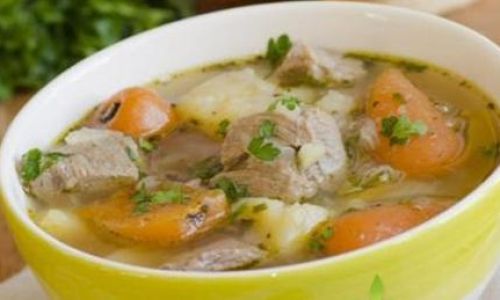
So, gather your ingredients, roll up your sleeves, and let the aroma of simmering lamb offal soup fill your home. It’s not just a meal; it’s a celebration of culinary artistry and the beauty of traditional dishes passed down through generations. Enjoy your culinary adventure, and bon appétit!
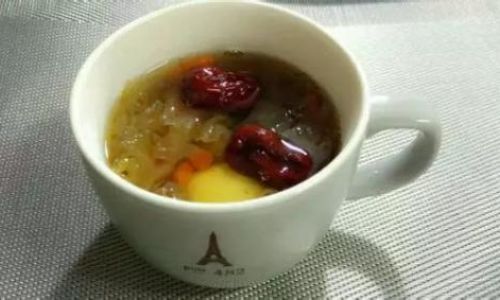
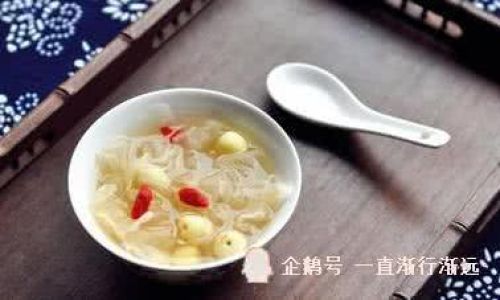

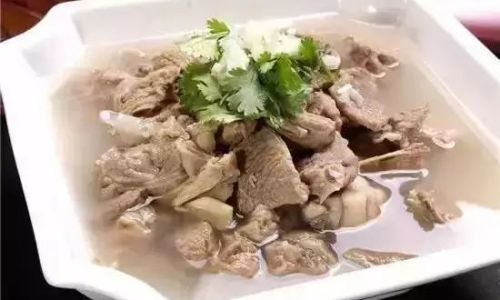
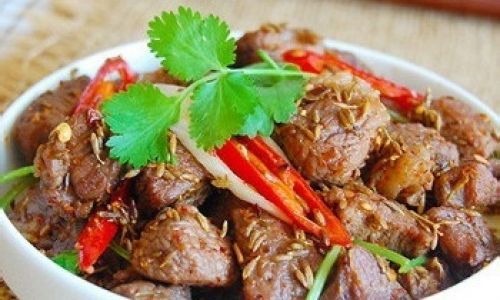
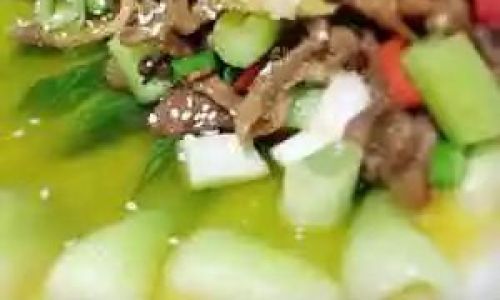
0 comments